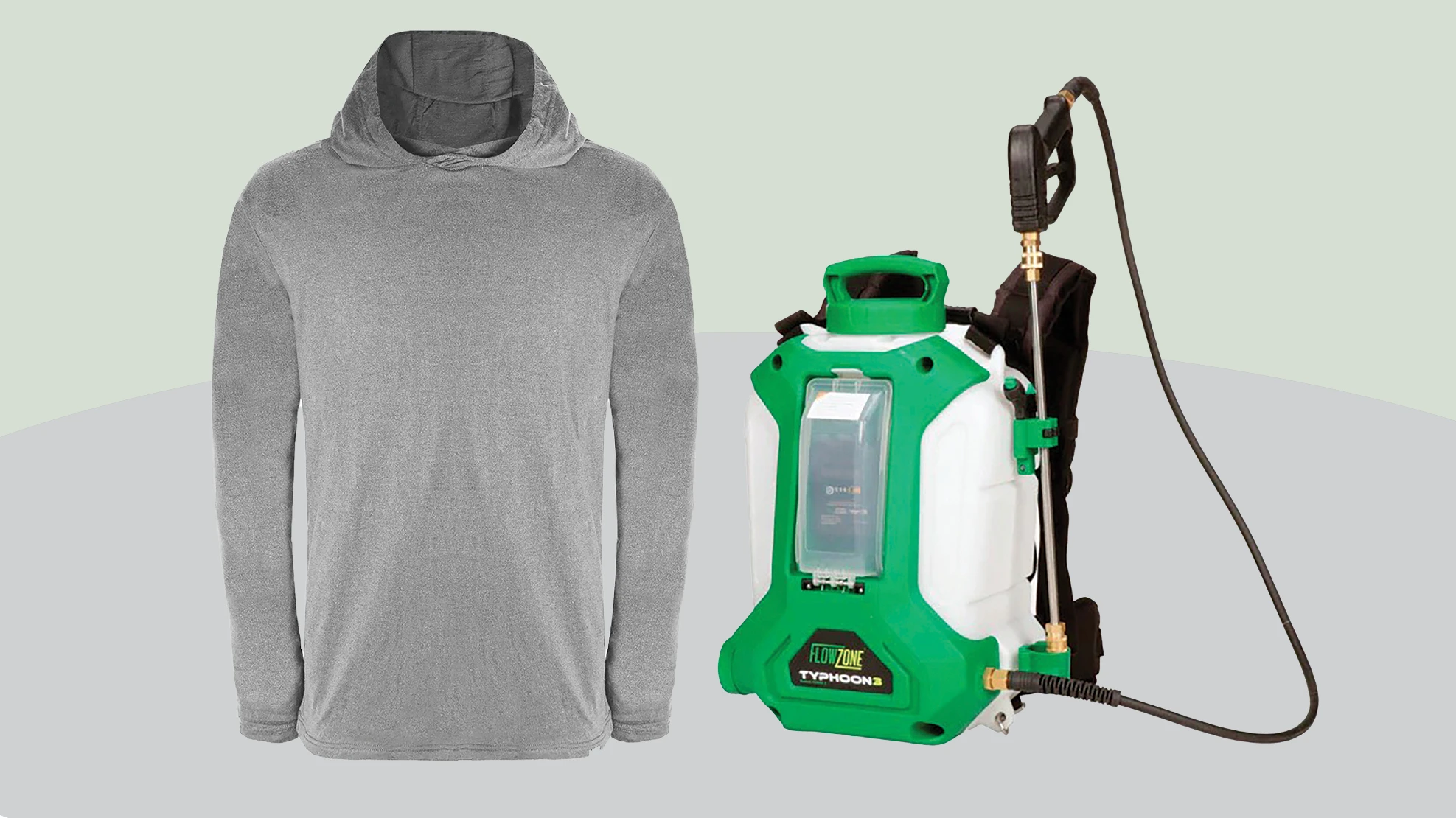 Greg Crabtree Greg Crabtree |
Every entrepreneur that is struggling to be more profitable always tries to cut anything but labor. But I have a new thought for you: instead of thinking about cutting costs, increase productivity.
This may sound like a play on words, but in my experience you cannot cut kitchen supplies enough to get profitable. In every case where I have helped a business improve profits, it came through improving labor productivity. You are likely spending the right amount of money on labor; you just do not have the right people doing the right things. Here are the three keys I focus on:
Key 1
Measure labor through a Labor Efficiency Ratio (LER)
I prefer to look at labor as a lever, not as a cost. To do this we separate labor into at least two categories, direct labor and administrative labor.
Direct LER – This is calculated as gross profit per direct labor dollar. My definition of gross profit is revenue minus all non-labor direct costs. Revenue is a vanity number and you can only spend gross profit to cover your labor and operating costs. By focusing on improving gross profit dollars per direct labor dollars, it gives you maximum flexibility to deal with price or volume as your tools.
Administrative LER – This is the next key to holding your management team accountable, and is measured by taking gross profit less direct labor to come up with a term I call “contribution margin.” As I studied profit and loss statement structures, I found that we needed this new item to create a line that represented the output of your business engine before any operating costs. Contribution Margin dollars per Administrative Labor dollars is our measurement for administrative labor efficiency ratio. By using contribution margin as the numerator, it allows your management team to focus on multiple options to get more contribution margin dollars by adjusting revenue, cost of goods sold or direct labor. Once again, you can accomplish your goal by either volume or pricing as long as your labor is productive.
Key 2
Find successful patterns of LER by using the “Data cube”
Even in struggling businesses, we find patterns of success that can be replicated. The “Data cube” is a term I created to represent the various views of contribution margin you need to track to understand your business model. You should be able to track revenue, cost of goods sold and direct labor by customer, by product, by division, by location, by line of business or by employee whenever possible. Not all of these will apply to every business, but you should be able to make a good attempt at least by customer.
For example, if you can calculate LER by customer, rank them by labor efficiency ratio from top to bottom. If you are a typical business, 80 percent of your revenue will come from 20 percent of your customers. Find the most successful patterns in your top customers and evaluate why they are successful and others are not. This will lead you either to re-price the underperformers or to find your unproductive labor, one of the two. If it is a good customer, but bad labor, these are the employees you will need to either retrain or replace. If it is a bad customer, you need to free up your good labor by letting the customer go and not let your good labor go to waste. It is no more complex than that.
Key 3
Hire and adjust pay based on LER targets
Once you have your LER for direct labor and administrative labor, you have the ability to hold your team accountable to a measurable outcome to base your pay adjustments and future hiring decisions. Like any productivity measure, you cannot keep your people at the highest level forever, but by tracking this over time, you will find a base level that gets exceeded and then you fall back to that amount after raises or staff additions. This also gives you the ability to calculate revenue targets for new management team hires by working backward into the increase needed to maintain the current LER. One recent example was a client of mine who wanted to add a new sales person who would cost $100,000 per year. The client thought the target would be $300,000 but after we worked the math, it was really $700,000. That changed his thinking and he decided to add a less expensive person to help flush out leads and he would continue to handle closing.
In today’s competitive environment, all labor must be productive and you do not have any room to pay someone if they are not producing. You will also find that productive labor does not waste non-labor costs and you won’t be cutting kitchen supplies or resorting to single-ply toilet paper to make your profit target.
Greg Crabtree has worked in the financial industry for more than 30 years and founded Crabtree, Rowe & Berger PC, a CPA firm dedicated to helping entrepreneurs build the economic engine of their business. He leads the business consulting team, helping clients align their financial goals with their profit model and their core business values. He is the author of “Simple Numbers, Straight Talk, Big Profits!” For more information, visit seeingbeyondnumbers.com.
Have a Question? You can contact Greg at greg.crabtree@crbcpa.net.

Explore the May 2012 Issue
Check out more from this issue and find your next story to read.
Latest from Greenhouse Management
- The Growth Industry Episode 3: Across the Pond with Neville Stein
- A nation of gardeners: A history of the British horticulture industry
- How Izel Native Plants is solving the native plant conundrum
- Trends: Proven Winners 2025 perennial survey shows strong demand
- Online registration opens for 2025 Farwest Show
- Cashing in with customization
- The Ball Seed Difference
- Lawsuit challenges new H-2 visa rules







